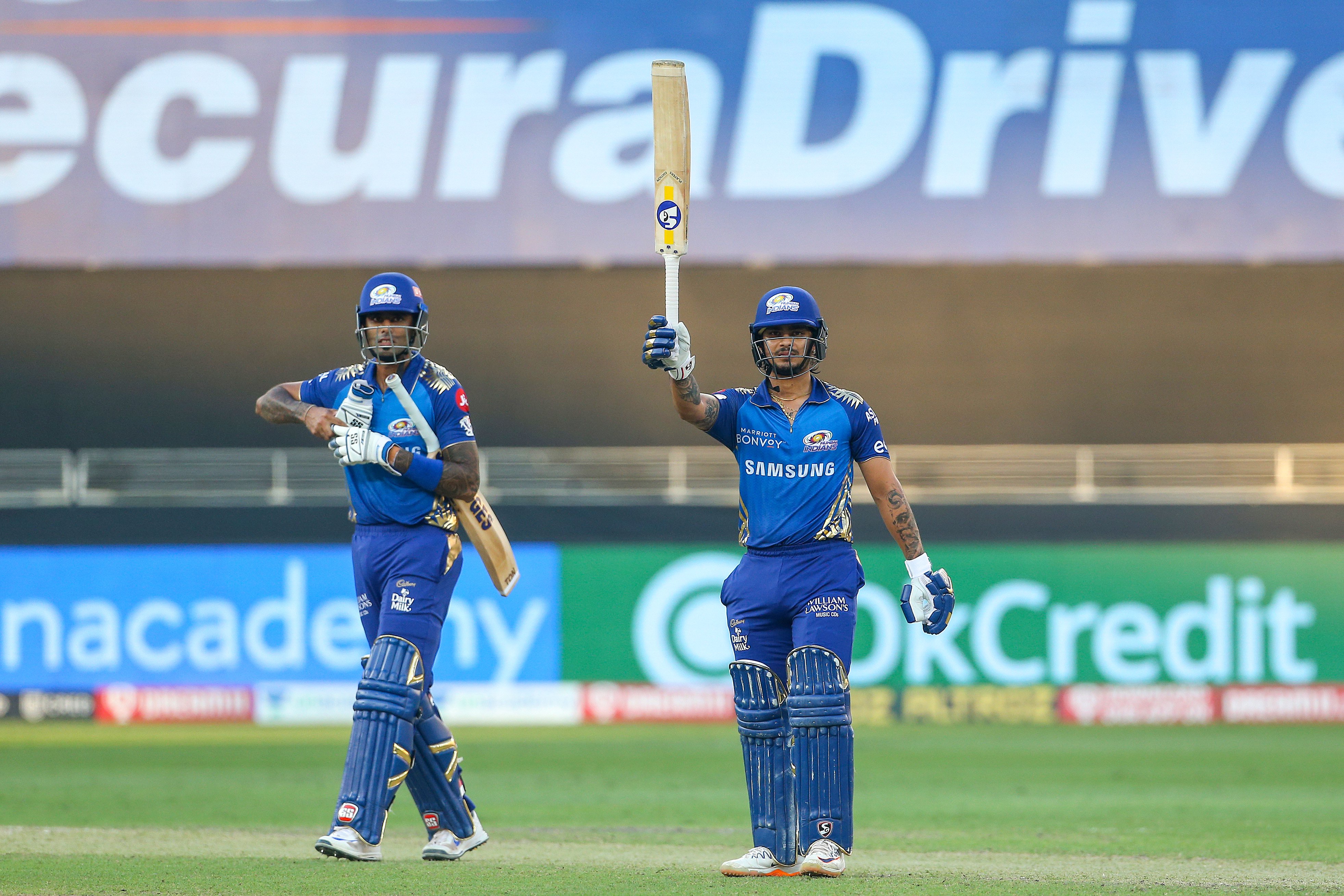Barring Sanju debacle, Indian team for England series is a step in the right direction
‘West Indies will be a totally different team as they have a lot of players who can hit sixes but they don't have an idea about how to rotate the strike against spinners by taking singles and twos.’ It was Raina at the top of his mind game ahead of the Windies encounter in the 2014 T20 World Cup.

The excerpts were from the pre-match press conference that happened over seven years ago, but that is not the point here. Read the statement again, try to get a hang of it and understand Indian cricket from that point on. Raina was right in his assessment, truly factored in one of the Windies’ biggest weaknesses, and trying to cover that up, Windies had lost track and the game in the process.
It might have been successful in curbing the Windies’ instincts for that game alone, but it was also an indictment of India's biggest problem in the T20Is over the years. Despite boasting the biggest T20 league in the world, India are too mindful when it comes to their attacking approach and have taken refuge in innings building, way too defensive for a game that moves so fast.
You can put it down to several factors, but nothing is probably more concerning than the team selection in all those years. The likes of Virat Kohli, Rohit Sharma, Shikhar Dhawan, and Shreyas Iyer - whose exploits in the ODI format don’t need any mention - simply don't cut it in the limited-overs side together. It makes the team anchor-heavy and the failure to capitalize on starts for a strike-rate of substance, which, for example, a Rishabh Pant or a Hardik Pandya do so beautifully.
There are lessons to be learned too. Australia can’t call themselves a world-beating T20 side but they understood the fact that Glenn Maxwell and Aaron Finch are far more important to their set-up than Steve Smith ever has. The ECB stance on Joe Root is such a splendid example, for the Yorkshireman, a terrific Test and ODI batter, lacks the oomph to cajole the limited-overs side the way a Jos Buttler or Jonny Bairstow can. In a game that lasts only 120 balls, you know collapses are not the end of the world.
However, the reluctance to accept the same mistakes has been one of the true surprises in the era of match-ups and powerplay exploits. Yesterday, in an interview with ESPN Cricinfo, Vikram Rathour, whose performance as a batting coach of the Indian team has been excellent so far, gave a rather surprising statement when asked about the same. The statement doesn’t solve any problem but rather makes you wonder.
“You are looking to win a game. If you are chasing, strike rate doesn't mean anything actually. You are looking to finish a game and chase a target - whether you do it in 10 overs or 20 overs, you are looking to win the game. Batting first, at times, yeah. If the conditions are good you need to be looking to put a par score on board. As far as our T20 (batting) is concerned we have been doing that pretty consistently. So I'm not really, really concerned; I mean as far as we are winning games and we are putting par scores and chasing targets, I'm okay with whatever strike rates they are going at,” Rathour said.
You could, however, sense a change in approach in the last team selected for the T20I series against England, which will start in a couple of days in Ahmedabad. The inclusion of the likes of Suryakumar Yadav, Ishan Kishan, and Rahul Tewatia and the exclusion of Manish Pandey spoke about the massive change in mindset following a 2-1 win in Australia where Hardik Pandya’s restless batting was the major differentiator.
The new selection committee, headed by Chetan Sharma, gave ample evidence from that one meeting that they mean business. By getting rid of Manish Pandey and including the MI duo of Ishan and Yadav, they have done away with an old guard which was rather tame and archaic in its own way. While one can question the exclusion of Sanju Samson, who despite not scoring much in the Australia series showed everyone what is wrong with India’s approach, the other inclusions make perfect sense.
One can only hope that the team management backs the modern-day dynamism instead of clinging to the old formula. This is the T20 World Cup year and a settled and more dynamic XI would do a world of good to the Indian team in the mega event and help them clinch the silverware once again a decade and half after they altered the cricket’s priorities on its head.

Comments
Sign up or log in to your account to leave comments and reactions
0 Comments